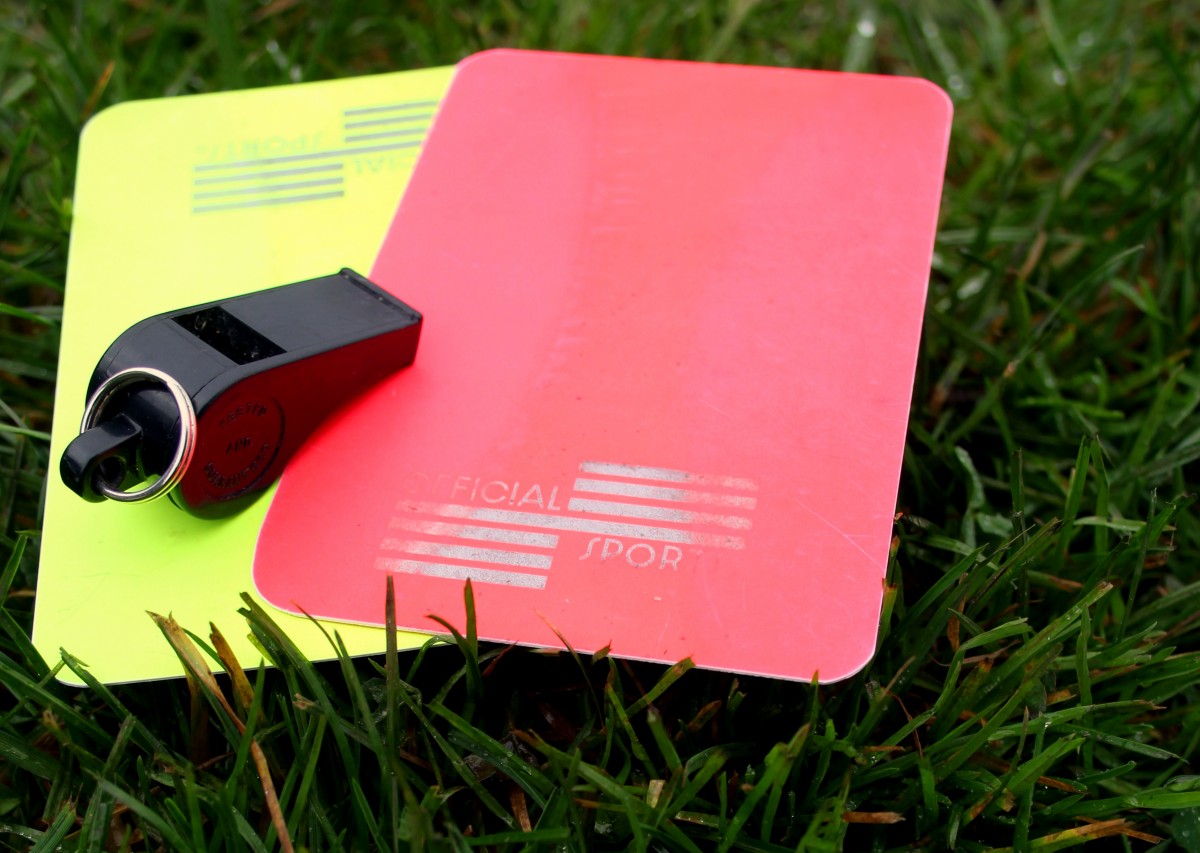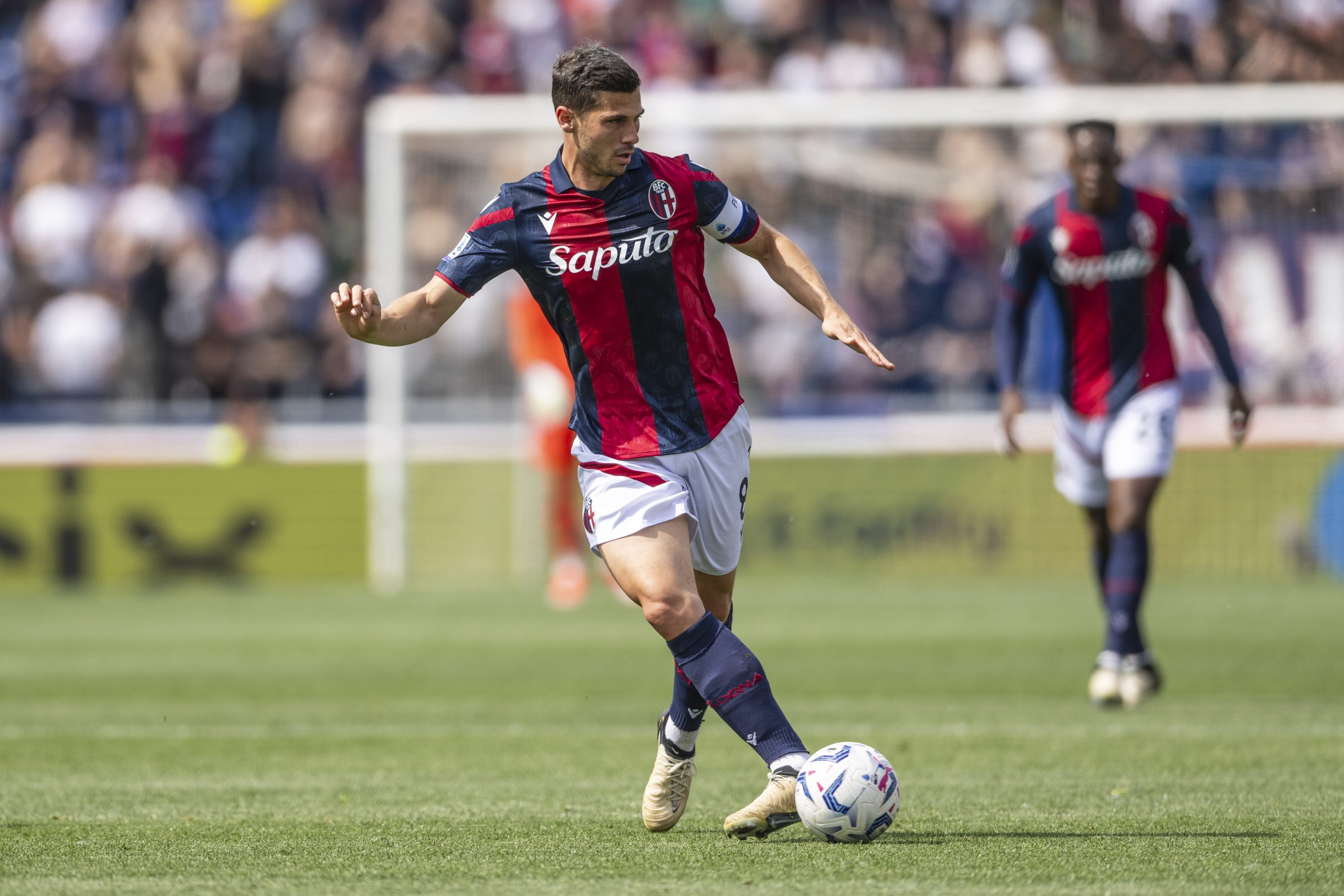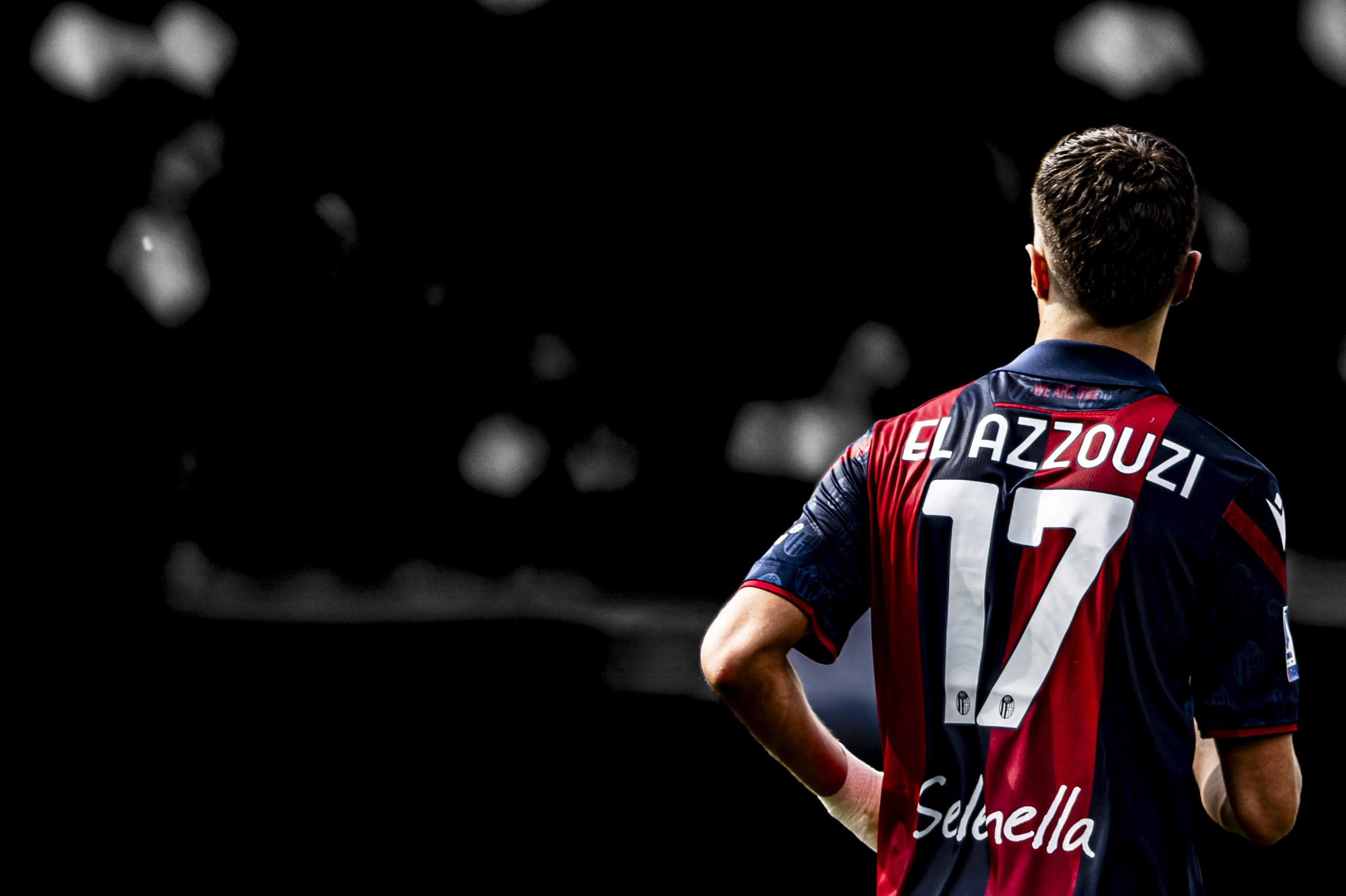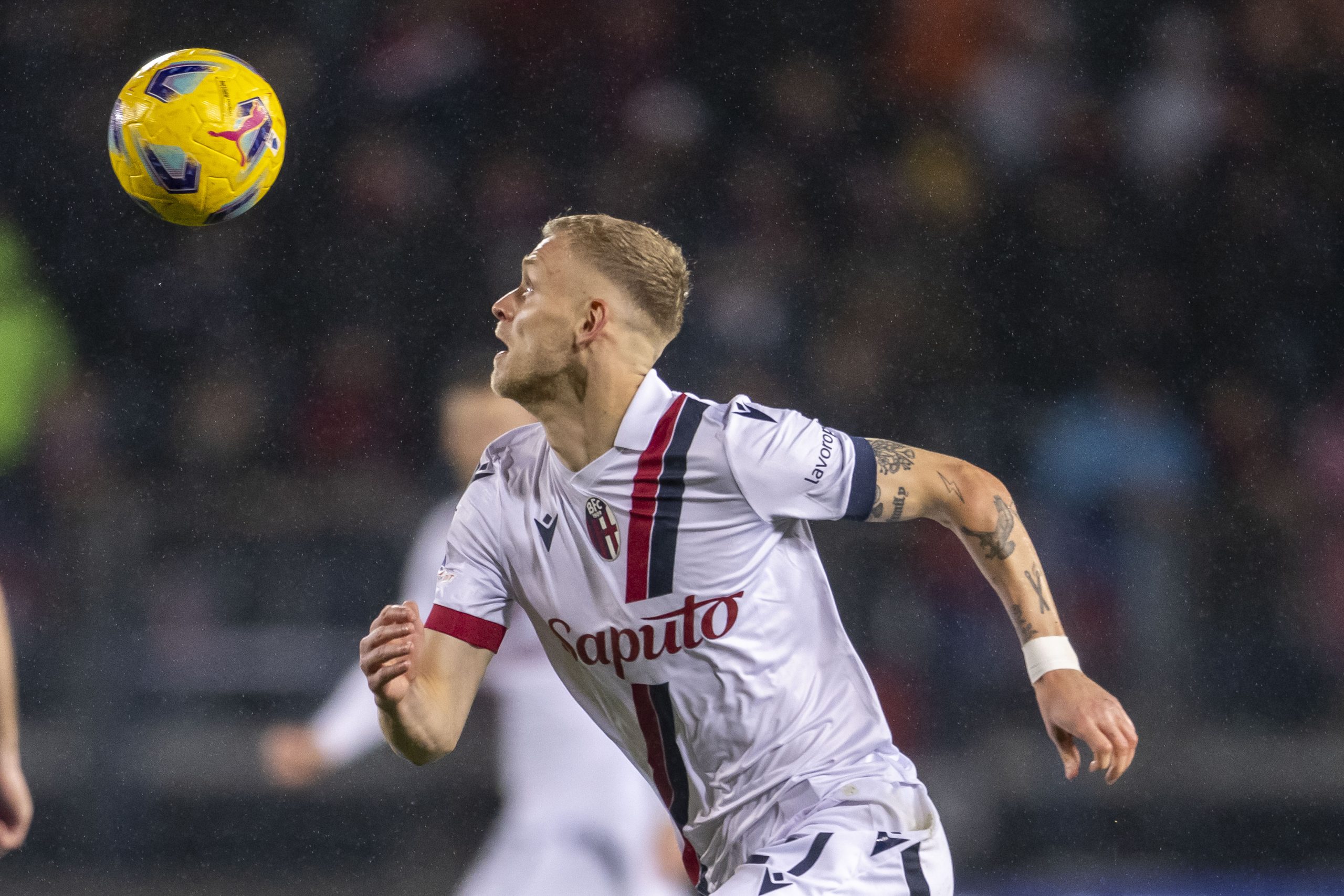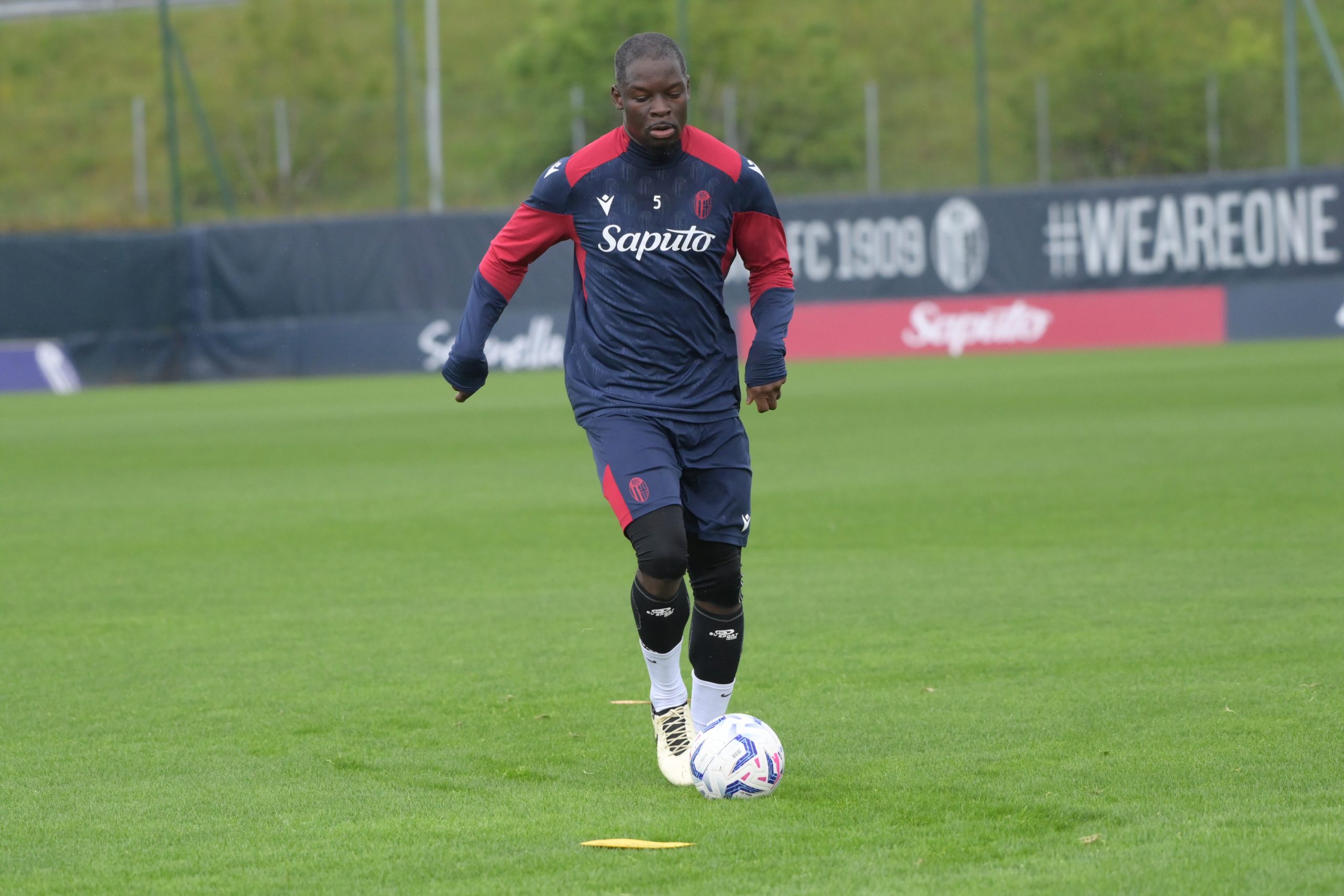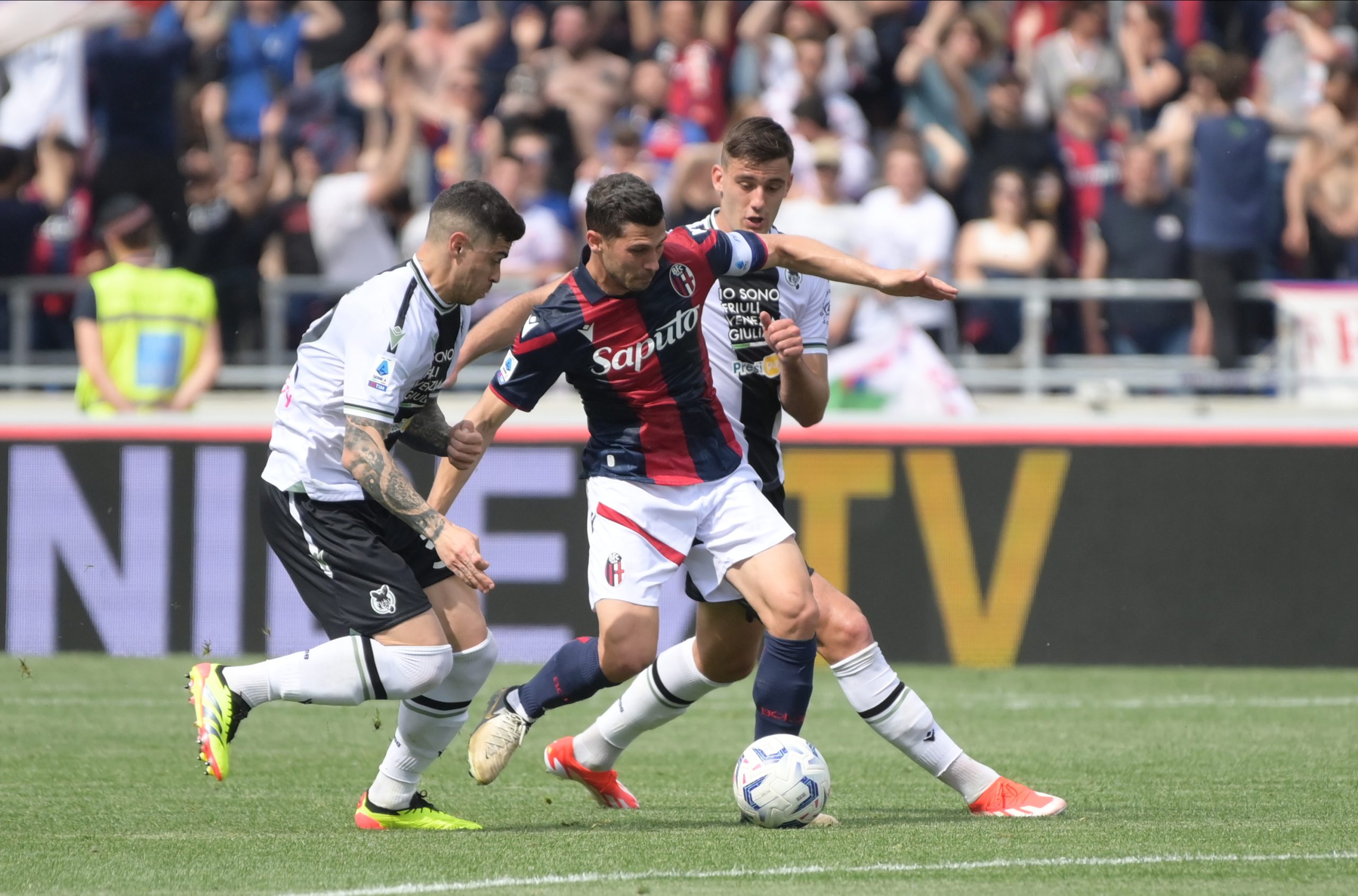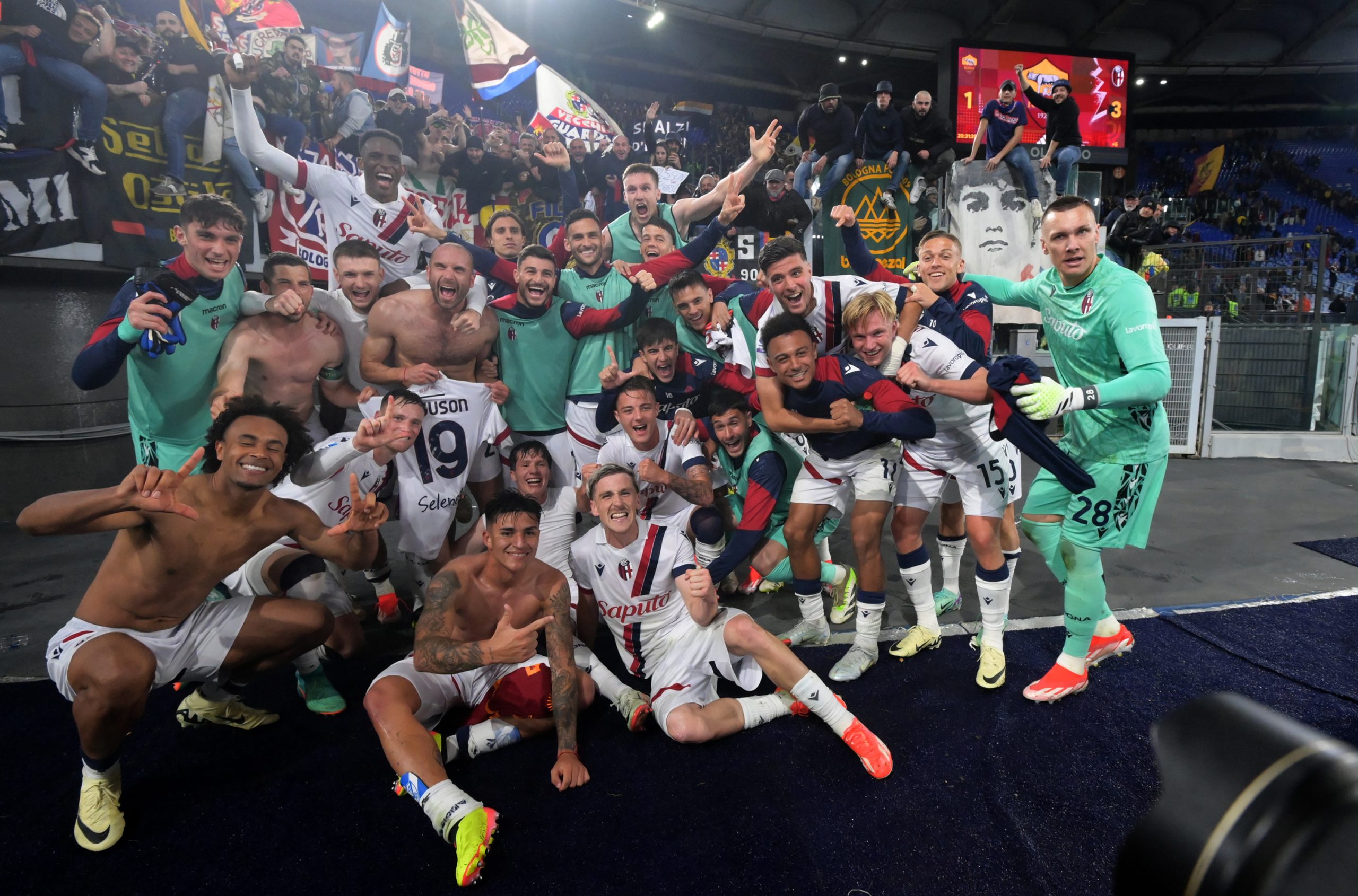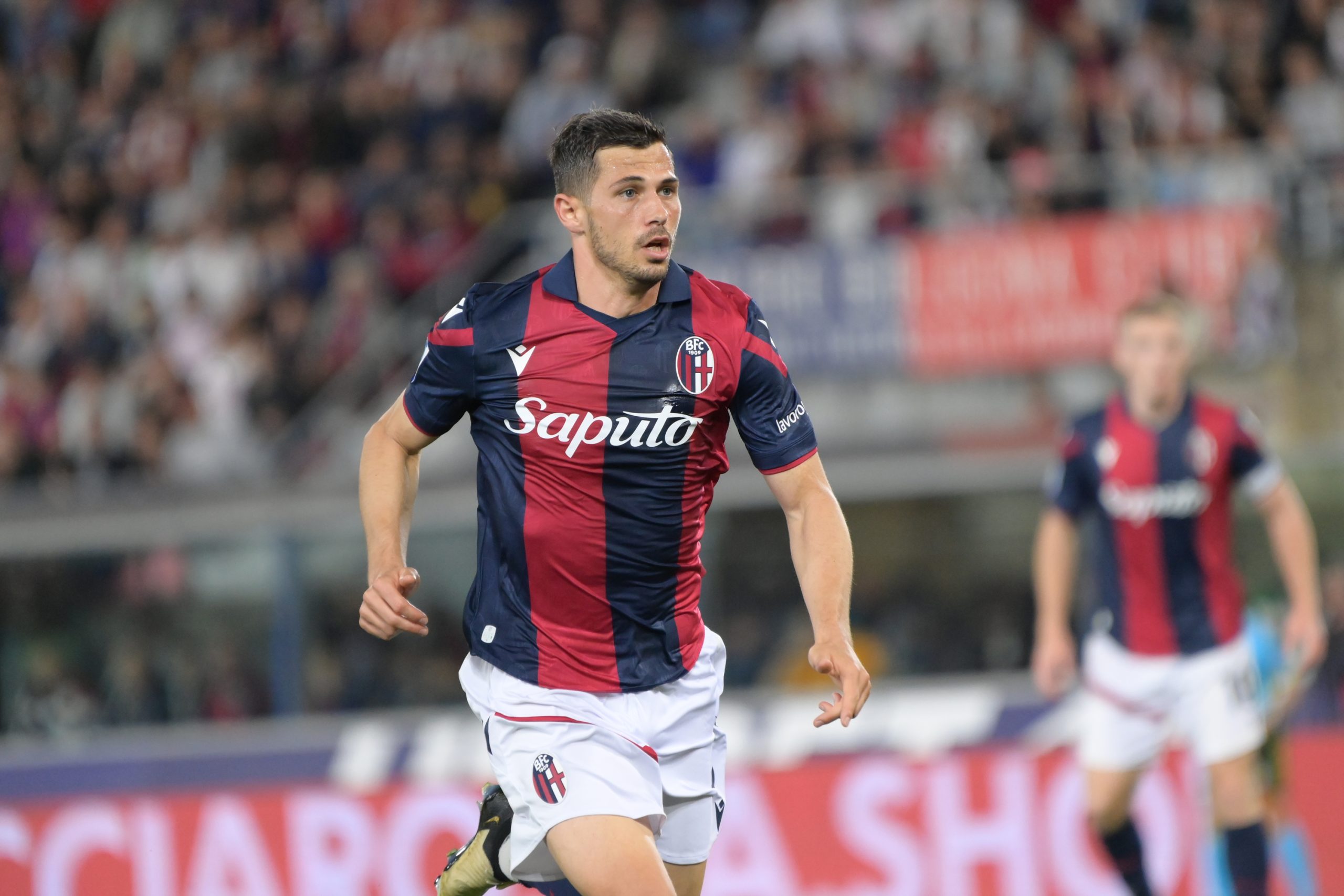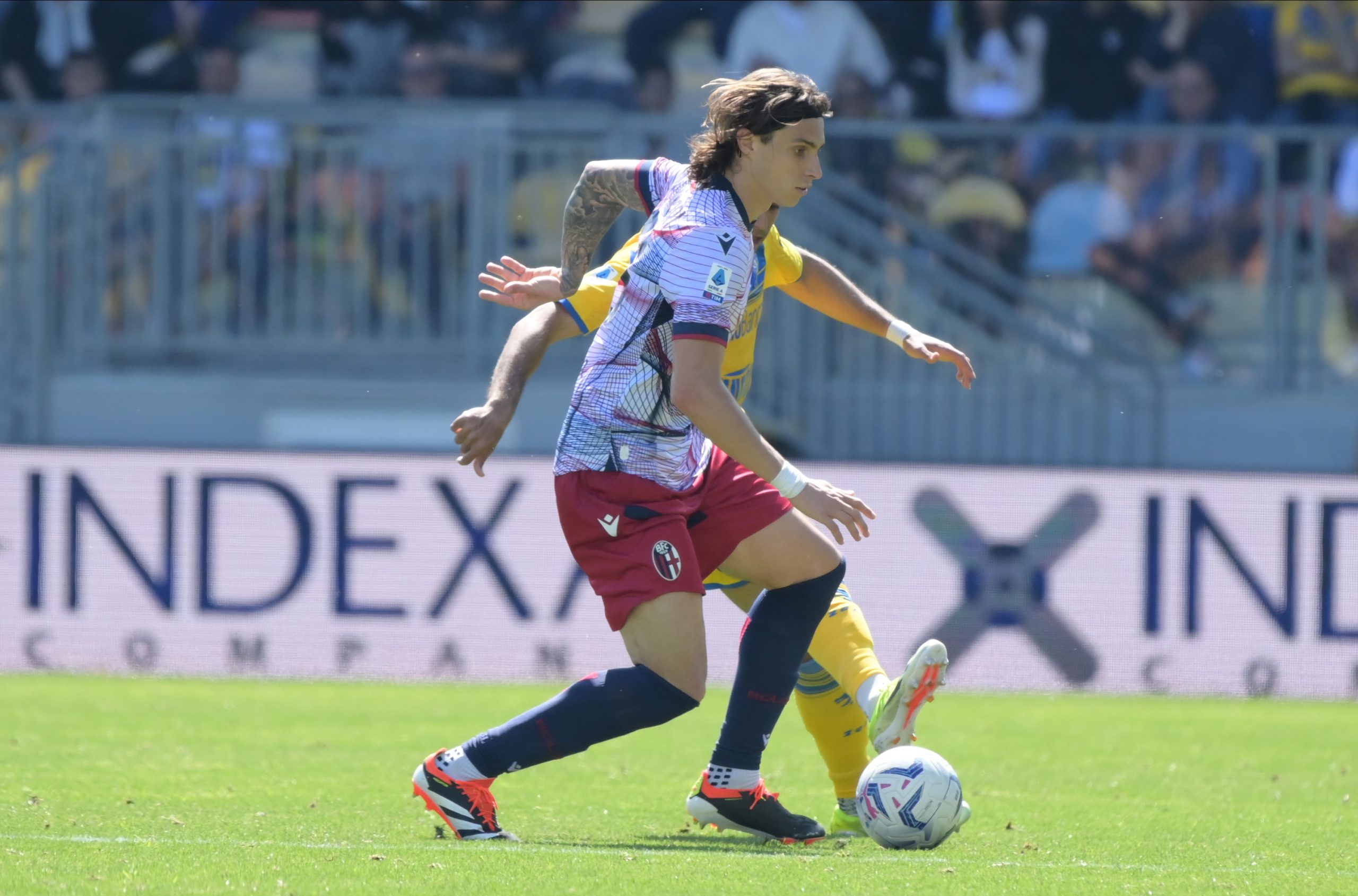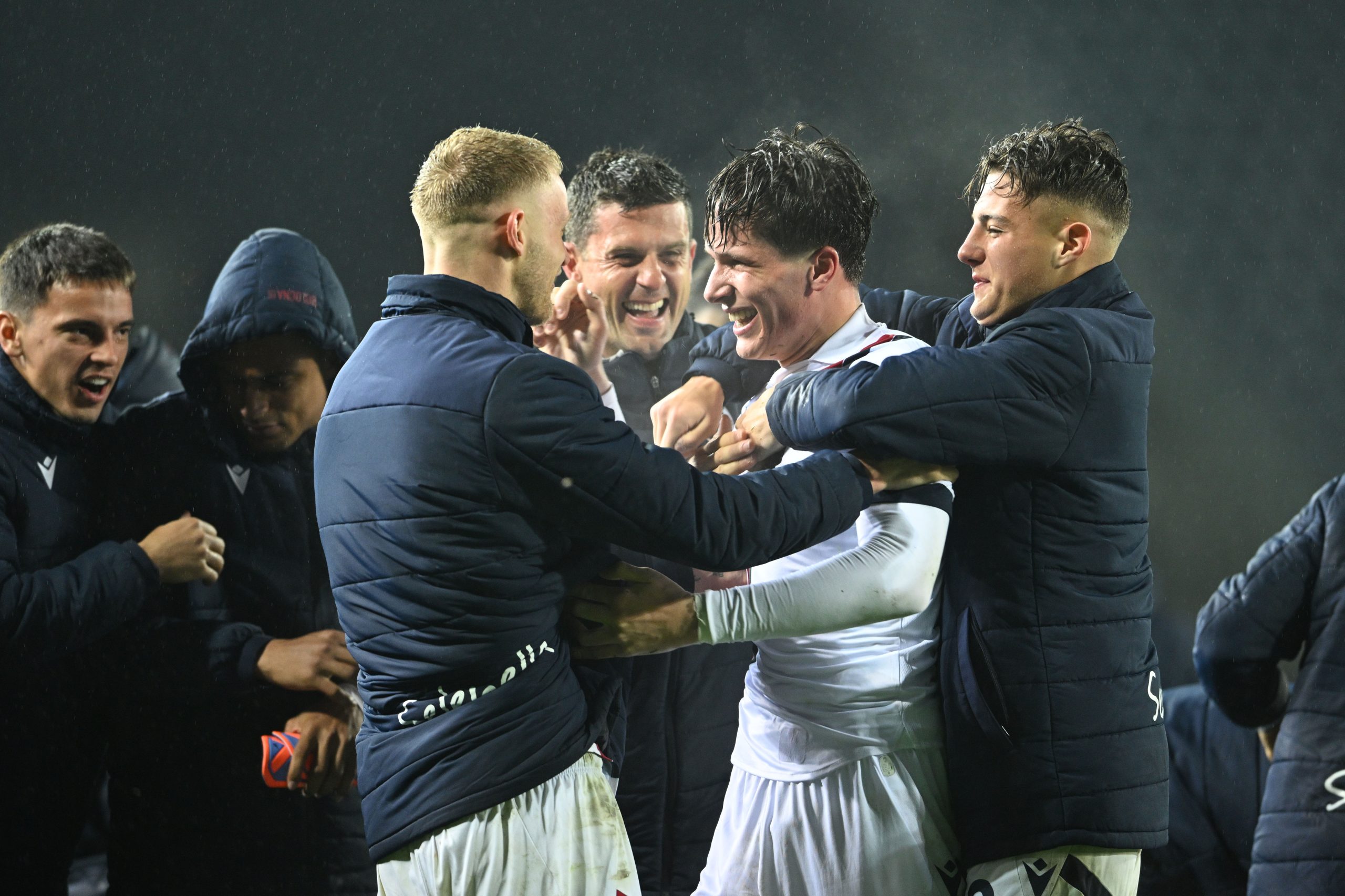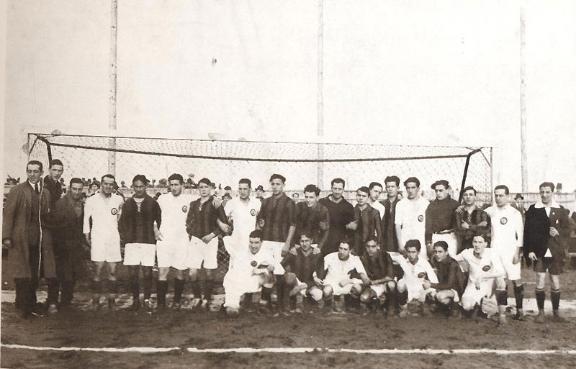A tragic tale of two Rossoblu brothers: Angelo and Emilio Badini
From Simone Verdi’s debut appearance for Italy on Tuesday evening in Amsterdam, to one that occurred at the Antwerp Olympics 97 years before. Emilio Badini became the first Rossoblu player to feature for the Azzurri on 31 August 1920, making his debut at the competition in a game between Italy vs. Norway. With the match tied and the players exhausted from the hot Flanders weather, Badini popped up in overtime to score a debut goal and secure a dramatic Azzurri win.
It should come as no shock now to think that this was the man to resolve the contest, as he subsequently became one of the first great goal scorers in Bologna history: “His shooting is formidable,” said Rossoblu director Enrico Sabattini at the time. “His epic shots are real missiles. From 2o or 20 metres, from close to the corner flag or in the middle of the pitch, they are all good positions for Emilio’s lethal foot. With a formidable physique and superb shooting ability, he excelled past the confines of Emilia. Some of his goals still live long in the memory. He was a nightmare for all goalkeepers and not just metaphorically.” Accustomed to scoring on his debut, Badini also scored a great goal during his first game for Bologna on 23rd November 1913 against Modena. This came precisely on the day that the Stadio Sterlino was inaugurated and which later had much stronger connotations to the Badini family.
Along with his brothers; Angelo, Cesare and Augusto and also his three sisters, Emilio came from Argentina, where his father had previously made his fortune in the building trade. The Badini family were part of the first wave of South Americans to move to Bologna, although they instantly adopted the Italian way of life. Emilio himself participated in the First World War as an Officer for the Italian military. Himself and Angelo were the only two to achieve fame. His Olympic appearance turned out to be his swan song during such a brief career, as he suffered a serious knee injury during a friendly in Padova on 26th September 1920. He soon realised that he could not return to the player he once was and retired at just 24-years-old. He died on 5th August 1956 and is now buried with his older brother and Alfonso Pessarelli, who was also a Rossoblu pioneer. They all rest in a tomb within the Certosa di Bologna.
As for Angiolino’s fate, he endured something much worse. Having made 42 Rossoblu appearances from 1913 to 1921, the midfielder suddenly died of septicemic tonsillitis on February 21st. He was just 27-years-old. With the two Badini’s at its core, the club had become the heart and soul of the city, which subsequently showed huge affection during his funeral.
From a column published in Il Littoriale in June 1936, here is a summary of Angelo Badini and his fundamental contribution to the development of Bologna.
“He imposed himself immediately within his compact Bologna surroundings, relying upon not only his obvious technical abilities, but also his moral qualities that made him a worthy standard-bearer for Bologna in the years that followed. His courageous and generous spirit was matched by his ardent passion for football, as he managed to galvanise his new squad. His influence ensured that from 1913 onwards, Bologna could aim a lot higher than before. On the field he not only dominated thanks to his emphatic style of play, but he was also a unique entertainer. During uncertain moments in a game, his voice could often be heard to yell ‘Forza Bologna!’, which was seen a call for victory. Besides his ability to encourage, he was also a teacher for his peers and he helped a number of young players take their first footballing steps. Genovesi, Baldi, Pozzi, Gianese were all his students and friends. One turned out to be Bologna captain for eight years, another was captain of the first Rossoblu squad that sprang to dominance after the Second World War. After illness took him to an early grave in 1921, the entire city mourned. Throughout his life he had a huge impact upon athletes in Bologna and his loss was felt by many. Later on the Stadi Sterlino was named after him.”
The photo is taken from the Timf Archive: It depicts Angelo Badini and other Bologna players, posing together with their opponents Real Madrid at the Stadio Sterlino. This was prior to a friendly played on 26th December 1920, which Bologna won 3-0 thanks to goals from Perin (2) and Alberti.
